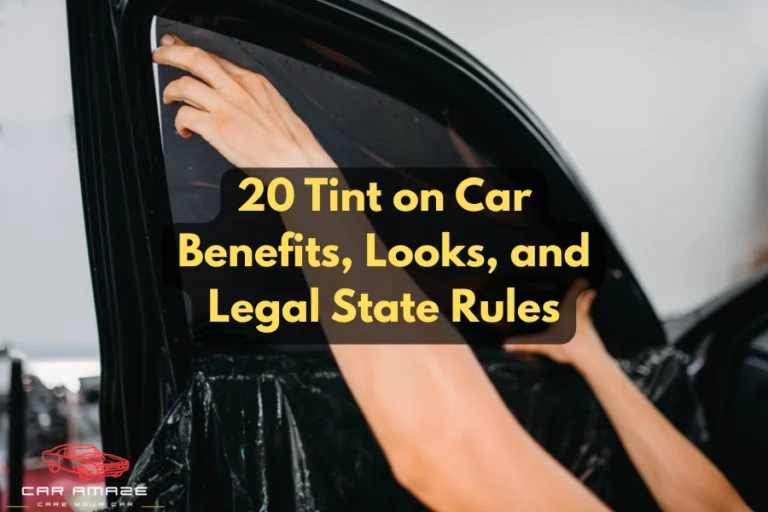Tint Levels Guide | Find the Ideal Levels of Tint on a Car

The car window tinting enhances the appearance of the car, provides privacy, and protects the interior. However, you must choose the right levels of tint on a car to make sure everything is according to your needs. But how do you choose the right car tint levels? In this guide, you will learn about the different tint levels and their characteristics and benefits. Different levels of tint are suitable for different purposes, so choose wisely.
Quick Answer: What Are the Ideal Tint Levels for a Car? 📄
The ideal tint level for a car depends on your needs for privacy, style, and sun protection. Car tint levels range from 70% to 5%, where a lower percentage means a darker tint.
- 70%–50% tints are light, legal in most states, and reduce glare while keeping clear visibility.
- 35%–20% tints balance privacy, UV protection, and style but slightly reduce night visibility.
- 15%–5% tints (limo tints) offer maximum privacy and heat blocking but are often restricted by law.
Table of contents
- Importance of car tint levels
- Factors affecting the choice of tint levels
- Different levels of tint on a car
- Which Car Tint Levels Are Best for Your Needs?
- Pros and Cons of Tint Levels
- Legal regulations on tinting in the USA
- Impact on vehicle appearance
- How to Measure Window Tint Percentages
- Tips for selecting the right tint levels
- Conclusion
- FAQs
Importance of car tint levels
The levels of tint on a car affect the looks, privacy, and other aspects. For example, it determines how much sunlight or UV rays can enter your car. The right tint level can effectively block the UV rays, keep the car cool, and protect the interior from fading. Moreover, the tint level on the car windows also determines the extent of visibility inside the car.
Factors affecting the choice of tint levels
Before choosing the right tint level, there are several factors to consider. Here is the list of the most common factors you should consider:
- Think about the weather in your area. For instance, if you live in a hot or sunny area, a darker tint will keep the car cool.
- The privacy level is another most common factor. Some people prefer more privacy and choose the darker tint.
- Lastly, you must consider the laws regarding tint levels in your region. If it does not allow the dark tint level, choose lighter car window tint shades.

Different levels of tint on a car
Generally, there are six car window tint levels, each with its own benefits and disadvantages. The tints are categorized based on their percentage, with the lowest percentage representing the darker tint.
70 percent tint level on car
The 70 percent tint on the car means only 70 percent light will pass through the windows. It has a lighter tint level and provides little or no privacy. It is mostly good for people who only want to reduce the glare without affecting visibility.
50 percent tint level on car
The 50 percent tint blocks almost half light and provides a darker shade. It is ideal for increasing privacy and reducing UV rays without affecting visibility. You can clearly see through it during the day, but at night, you might face some difficulties.
35 percent tint level on car
A 35 percent tint has a darker appearance and is good for blocking intensive UV rays. It is a good choice for adding privacy and blocking heat while reducing visibility through windows.
20 percent tint level on car
The 20 percent tint is even darker and increases the privacy. The people outside will not be able to clearly see inside the car. With a 20 percent car tint level, it is not possible to drive easily, especially at night.
15 percent tint level on car
With a 15% tint, only 15% light will pass through the car windows. This tint level is very dark and offers high privacy and keeps the car cool. This tint is not recommended on front car windows due to less visibility.
5 percent tint level on car
The 5 percent is also called limo tint and the darkest tint shade. It is almost completely black and fully restricts the incoming light. This tint is commonly used in limousines and offers maximum privacy. The 5 percent tint is not allowed without permission of security organizations in all regions of the USA and other countries as well.
Which Car Tint Levels Are Best for Your Needs?
In short, the right tint shade or level for your car depends on your preferences for privacy, style, and UV protection.
- Lighter tints, like 70% or 50%, reduce glare while maintaining visibility.
- Darker shades, like 20% or 5%, offer maximum privacy and heat reduction but reduce night visibility.
The best practice when choosing the levels of tint on your vehicle is to consider local laws, driving habits, and your desired look before deciding.
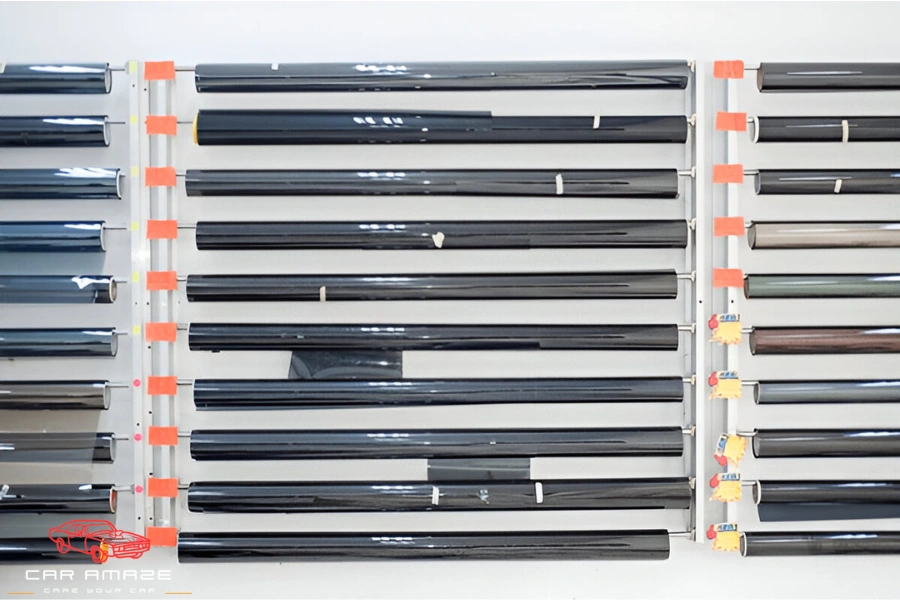
Pros and Cons of Tint Levels
Understanding the pros and cons of all window tint percentages is essential for making the right choice. Below is a breakdown of the pros and cons of all tint percentages:
70% Tint Level
- Pros:
- Reduces glare while maintaining excellent visibility.
- Provides a minimal style upgrade and some UV protection.
- Legal in almost all regions for front windows.
- Cons:
- Offers little to no privacy.
- Only blocks some amount of heat and UV rays.
50% Tint Level
- Pros:
- Balances visibility and UV protection effectively.
- Reduces glare and some heat.
- Suitable for regions with moderate sunlight.
- Cons:
- Limited privacy compared to darker tints.
- May not provide the sleek appearance some drivers prefer.
35% Tint Level
- Pros:
- Offers a stylish appearance and improves privacy.
- Effectively blocks UV rays and sunlight heat.
- It is a popular choice for balancing aesthetics and functionality.
- Cons:
- Slightly reduces night visibility.
- It is legal for front windows in some areas.
20% Tint Level
- Pros:
- Significantly enhances privacy.
- Blocks substantial heat and UV rays.
- Adds a sleek, modern look to the vehicle.
- Cons:
- Reduced visibility at night
- Make the driving challenging in poorly lit areas.
- It is also not legal for front and side windows in most regions.
5% Tint Level (Limo Tint)
- Pros:
- Provides maximum privacy and blocks almost all sunlight.
- Ideal for vehicles used for security purposes.
- Cons:
- Severely limits visibility, especially at night.
- It requires special permissions from security or government authorities.
100% Tint Level (Full transparent)
- Pros:
- Offers complete visibility during both day and night.
- 100% light enters the car.
- Fully compliant with all tint-related legal restrictions.
- Cons:
- Provides no UV protection or heat reduction.
- Does not enhance privacy or block glare.
- The interior of a car is more exposed to heat damage.
Legal regulations on tinting in the USA
Laws about the levels of tint on a car can vary in different regions of the USA. Therefore, it is important to check the laws before choosing the car tint levels. Whether you choose 70 percent tint, 20 percent tint, or 5 percent tint on a car, always get permission from state or local regulatory agencies.
Impact on vehicle appearance
Window tint can enhance or completely change the original look of a car. Darker tints can give your car a sleek and stylish appearance, while lighter tints keep it looking more natural.
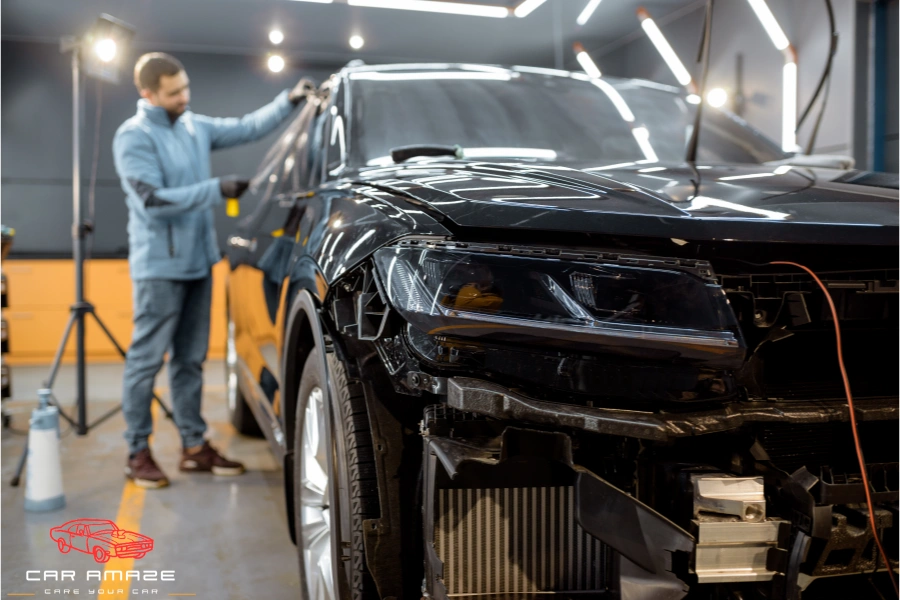
To get the best results and appearance, choose the right car tint type and color based on your car’s color. Especially if you are also wrapping your car, selecting the best combination of wrap colors and tint colors can give your car a stunning look.
How to Measure Window Tint Percentages
Now you know about all the common window tint percentages. Do you know how to calculate the window tint percentages? Actually, it is calculated based on the amount of light passing through the tint film. Here is the breakdown:
What does tint percentage mean?
The tint percentage refers to the Visible Light Transmission (VLT). For example, a 50% tint means 50% of light enters the car, while a 5% tint allows only 5% of light through.
Tools for measuring window tint percentages
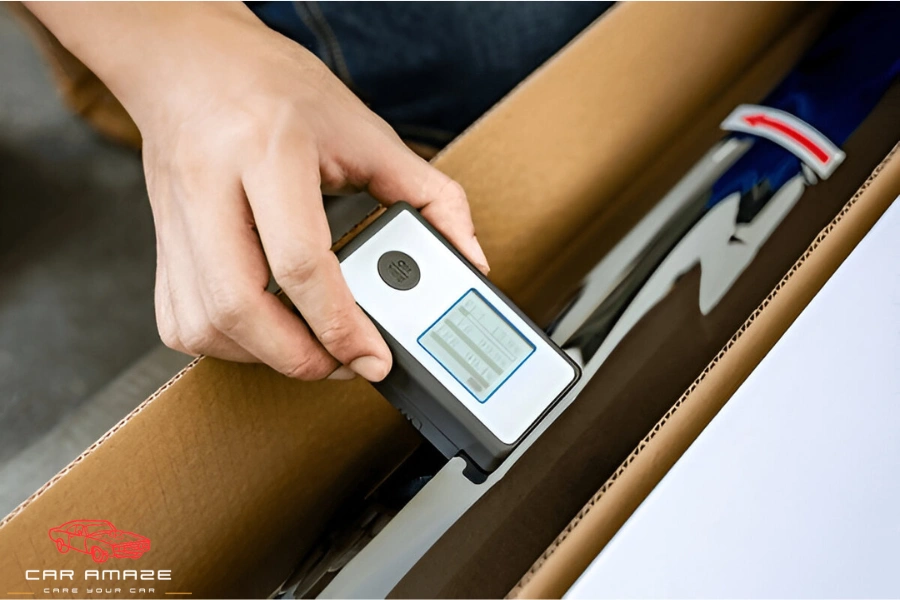
There is a tool called Tint Meter that is used to measure tint percentages. It measures the amount of visible light transmission through the tint to determine the percentage. You can also do a visual inspection to find the window tint percentages, but this will not give fully accurate readings.
Tips for selecting the right tint
Is it difficult for you to choose the right tint level and type? Don’t worry; here are some useful tips for selecting the right tint:
Understand your local laws
Before selecting the car tint level, make sure you know the legal limits in your state. Some places have strict rules about using too much dark tint on car windows. However, you must get permission from the state or local regulatory agencies to use any level of tint.
Consider your driving habits
Your driving habits also play a key role in choosing levels of tint on a car. If you mostly drive during the day, the darker tint is suitable. In comparison, if you drive during the night, the lighter tint is suitable. Make sure to pick a tint that suits your lifestyle and lets you drive easily during the day and night.
Access your style preferences
If your only purpose is to enhance the style, assess your style preferences. If you want a sleek and modern look, the 20 or 5 percent tint on the car is suitable. Otherwise, if you prefer a professional look without affecting the visibility, a lighter tint is recommended.
Evaluate heat and UV protection
The darker tints provide more protection from UV rays and keep the car interior cool. If your priority is protecting the interior and people sitting inside from UV rays, choose a darker tint. The good practice is to use darker levels of tint on side windows and lighter tint on front windows.
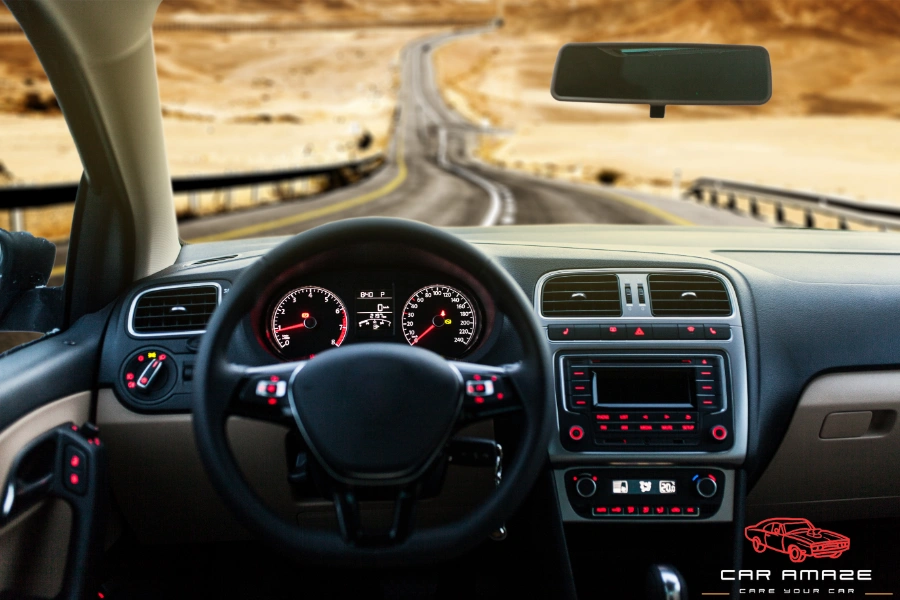
Choosing quality tint material
Choose the high-quality tint that adheres better to the windows and lasts longer. The low-quality tint will not last long and will leave sticky glue on the surface upon removal. Therefore, do not buy low-quality tint because it will be very hard to remove car tint glue.
Seek professional help
If you are unable to choose the levels of tint on a car, consider getting help from professionals. Skilled car designers can help you choose the best tint shade for your car based on your needs. To get the perfect tint for your car, you can get an instant tint quote from Global Tint here.
If you are planning to tint the windows yourself, first find out how long it takes to tint windows. If you’re not an expert, it may take much longer, so in that case, you might want to consider hiring professionals.
Conclusion
Choosing the right levels of tint on a car helps you keep a balance between style, privacy, and protection. In the local or online market, you can find the range of car tint levels, including 70%, 50%, 35%, 20%, 15%, and 5%. Just remember to follow local laws and consider factors like sun protection and appearance.
FAQs
What is the purpose of car window tinting?
There are three main purposes of car window tinting, including improved privacy, blockage from harmful UV rays, and heat reduction inside the vehicle. Besides that, it also adds a stylish look to the car and makes the car look sleek and professional.
How do I choose the right tint level for my car?
When choosing a tint level, consider your local laws, driving habits, style requirements, and the main purpose of tinting. Lighter tints offer better visibility but less privacy and protection from UV rays. In comparison, darker tints provide more privacy and UV protection but less visibility.
Is it legal to have a dark tint on my car windows?
The legality of dark tint on car windows varies depending on the laws of each city or country. Before choosing the level of tint on a car, check the local laws and get permission from the right organizations.
Can I install car window tint myself?
Yes, you can install the car window tint yourself if you have the skills and the right tools. The professionals will charge some fees, but they will ensure a smooth and bubble-free installation.
Does window tint affect visibility at night?
Yes, darker tints can reduce visibility at night, especially on poorly lit roads. Therefore, the darker tint is only recommended if you drive during the day.
